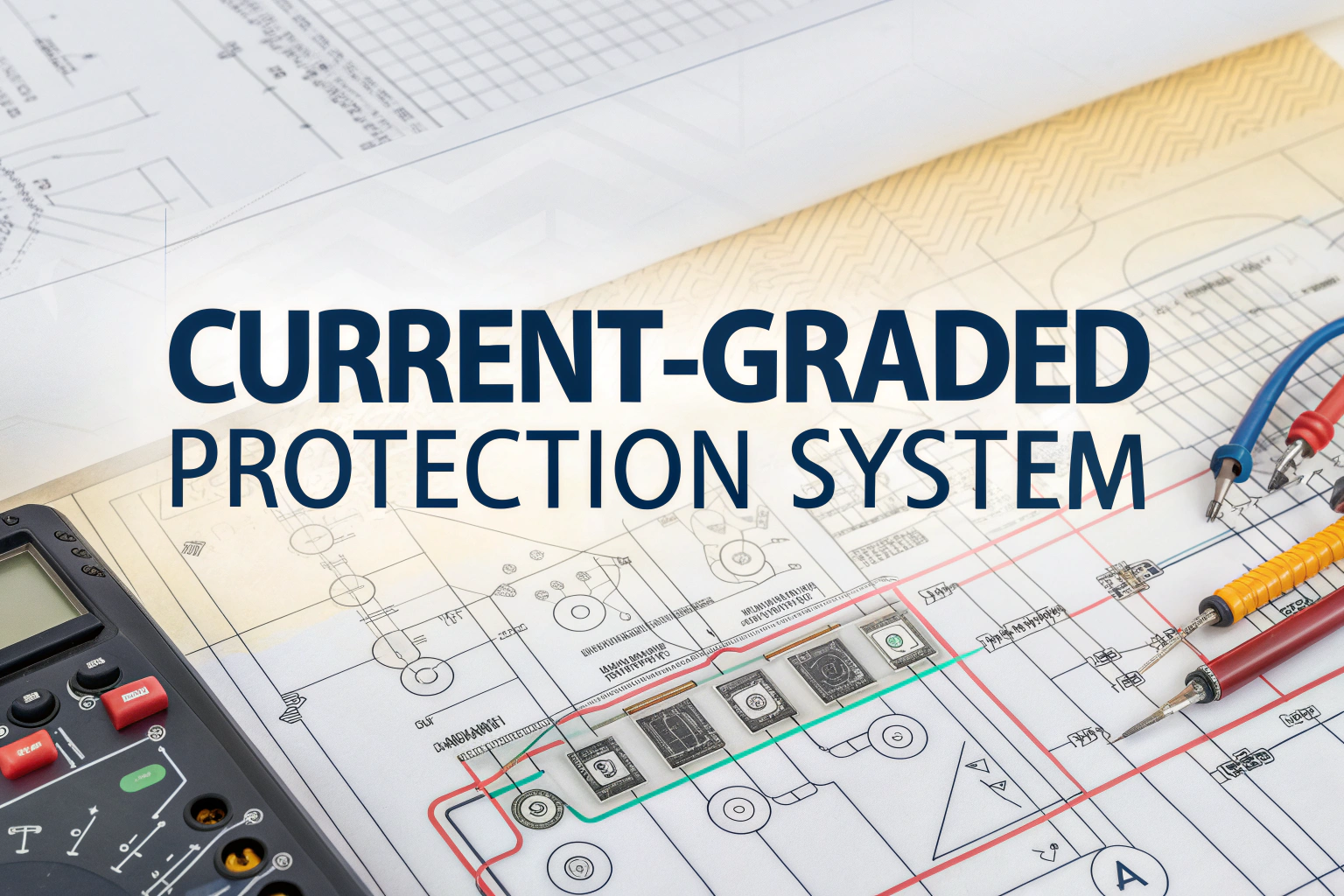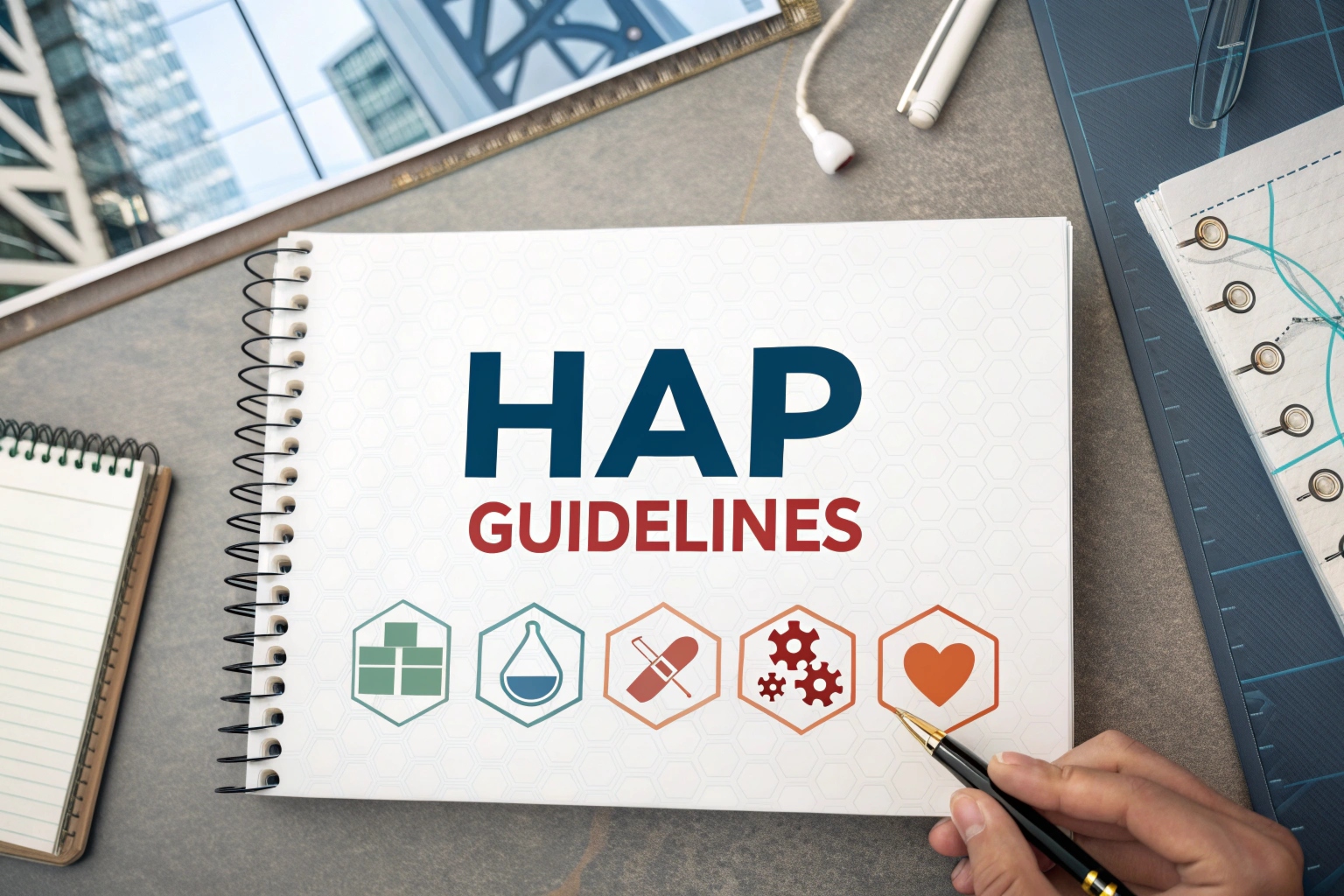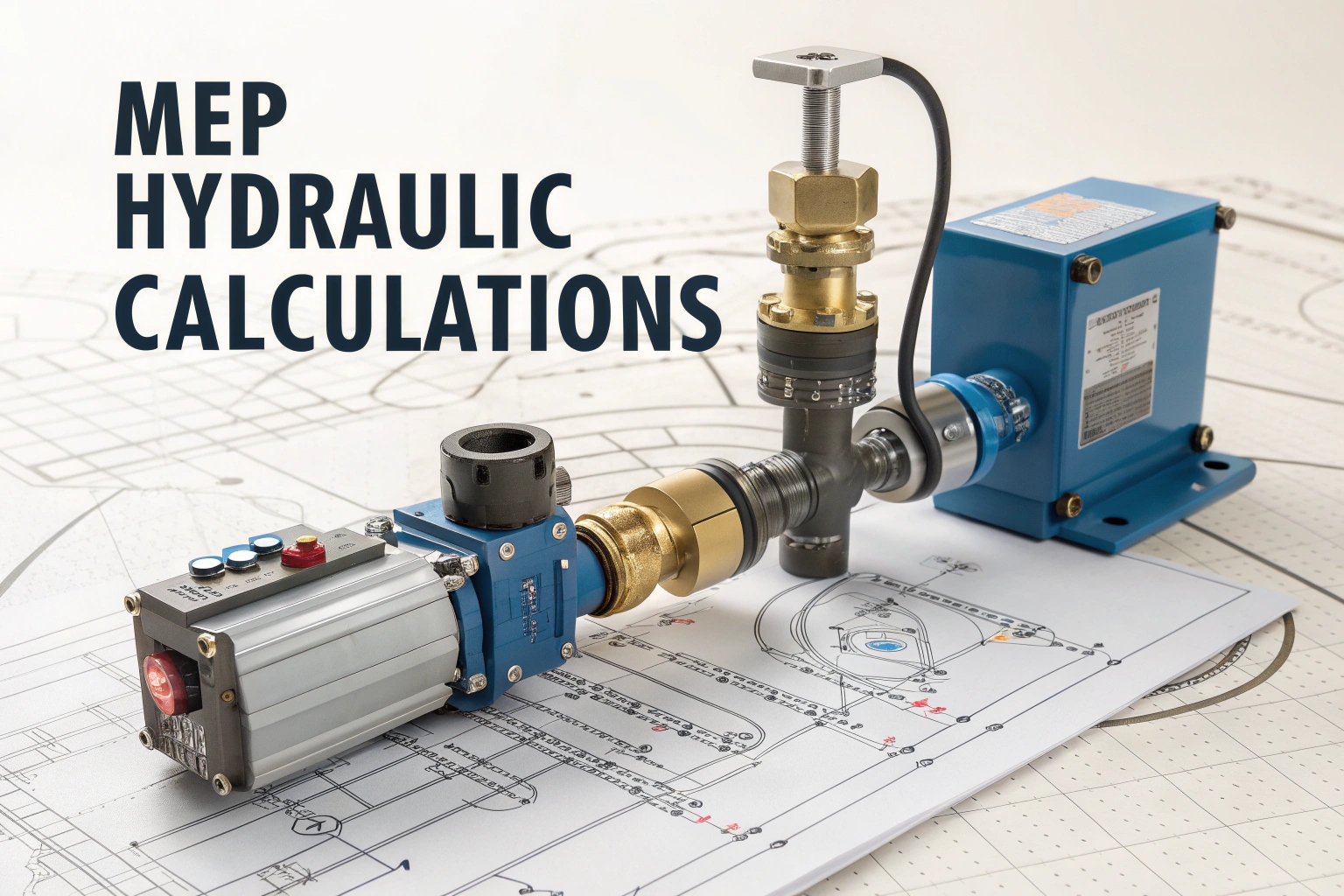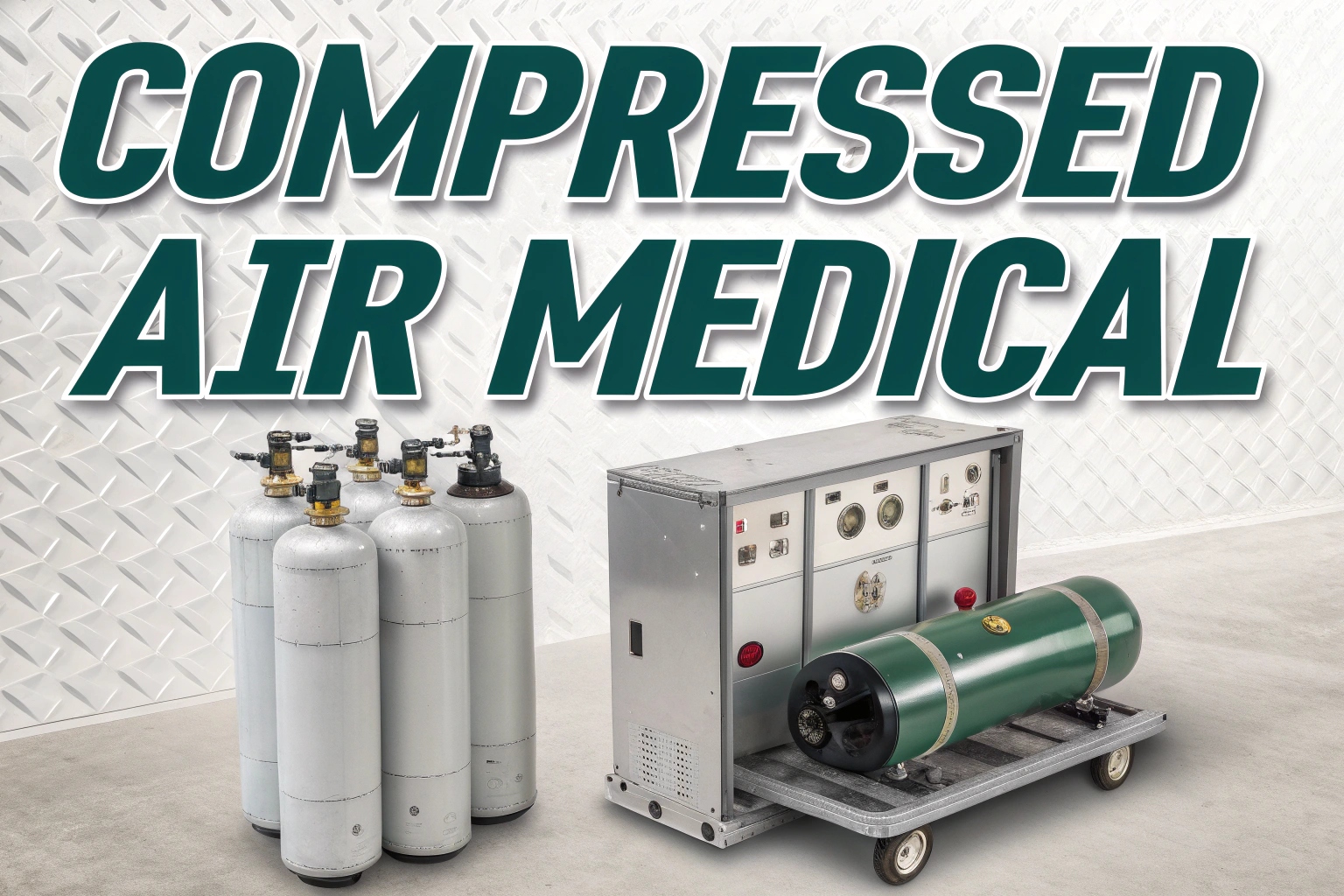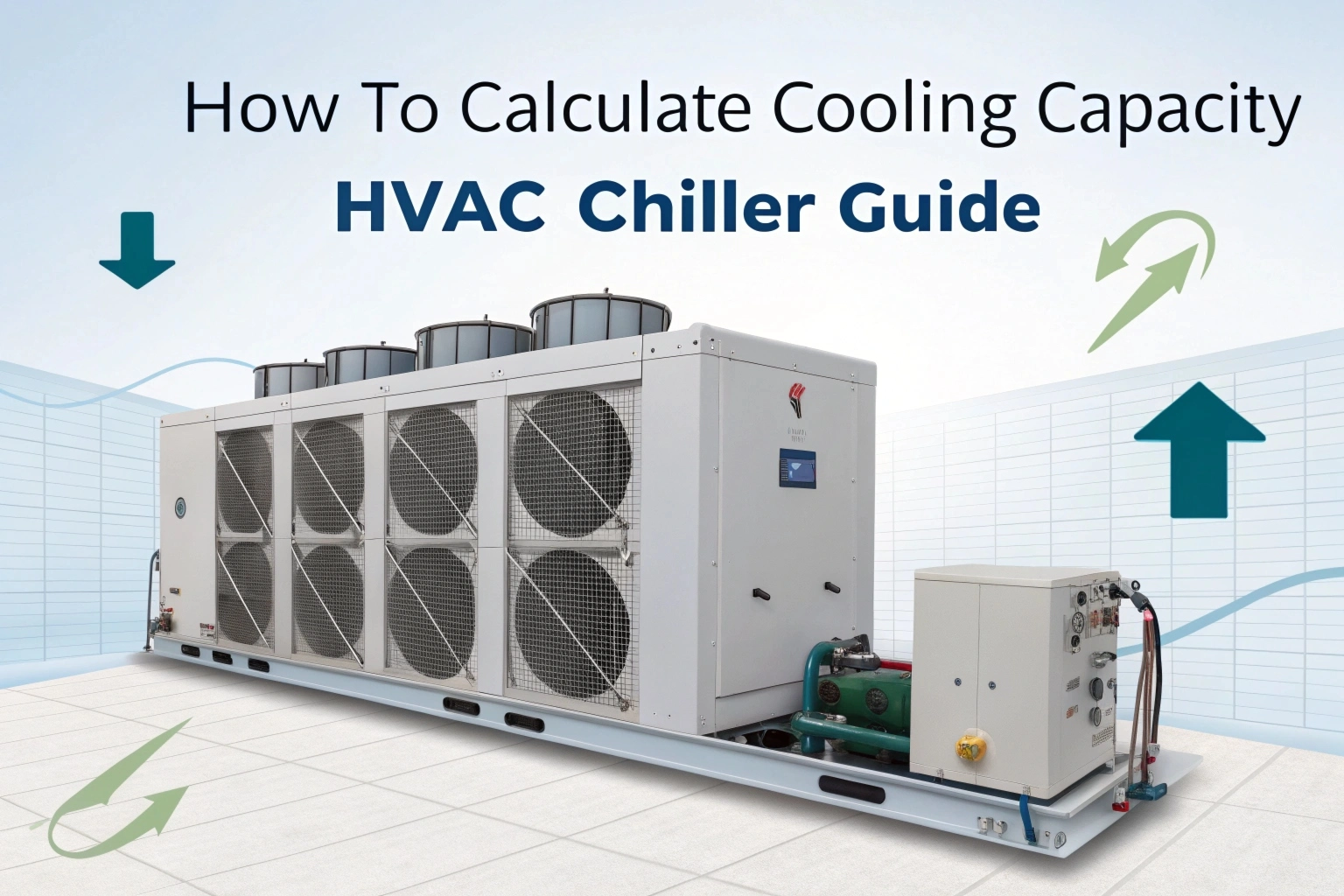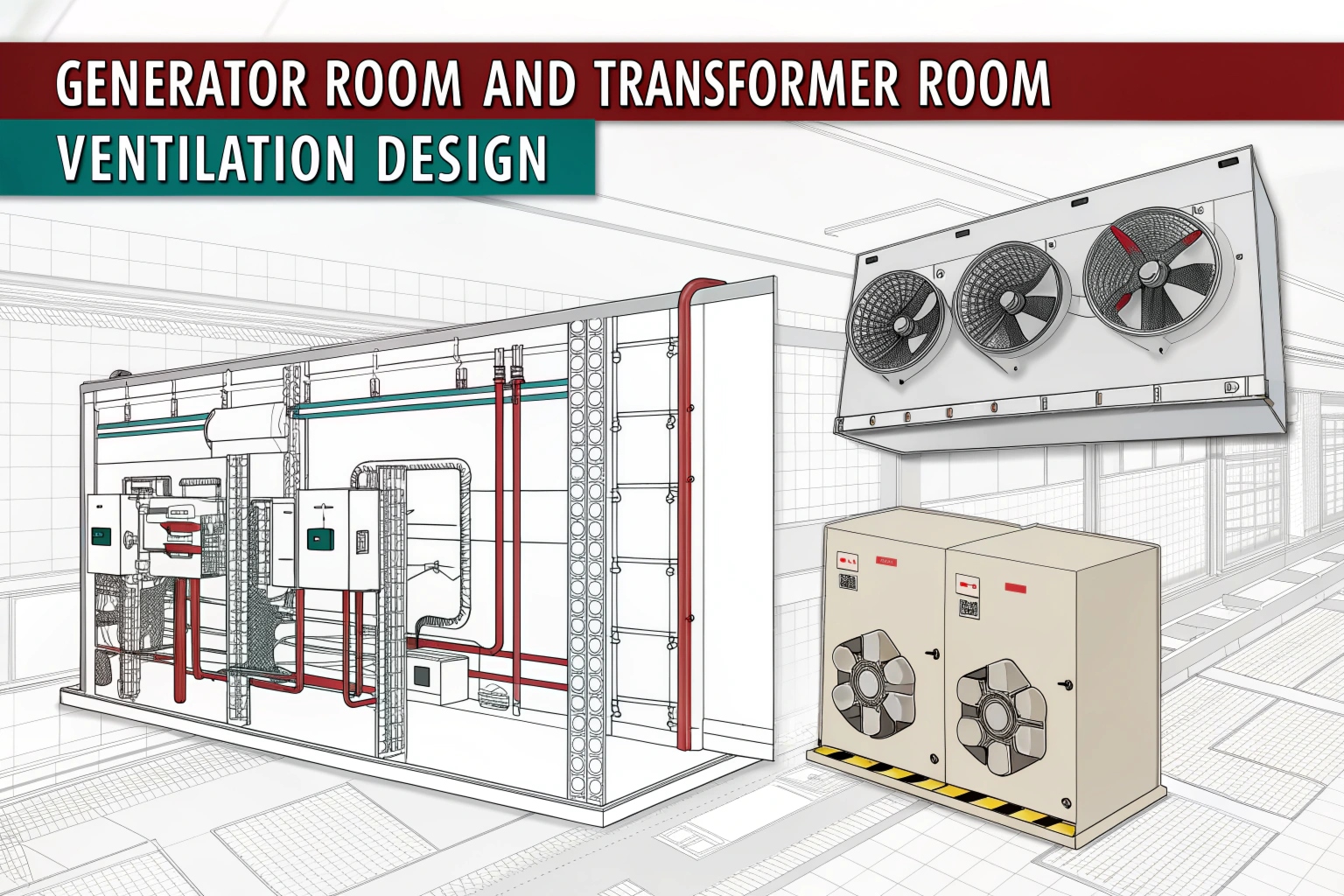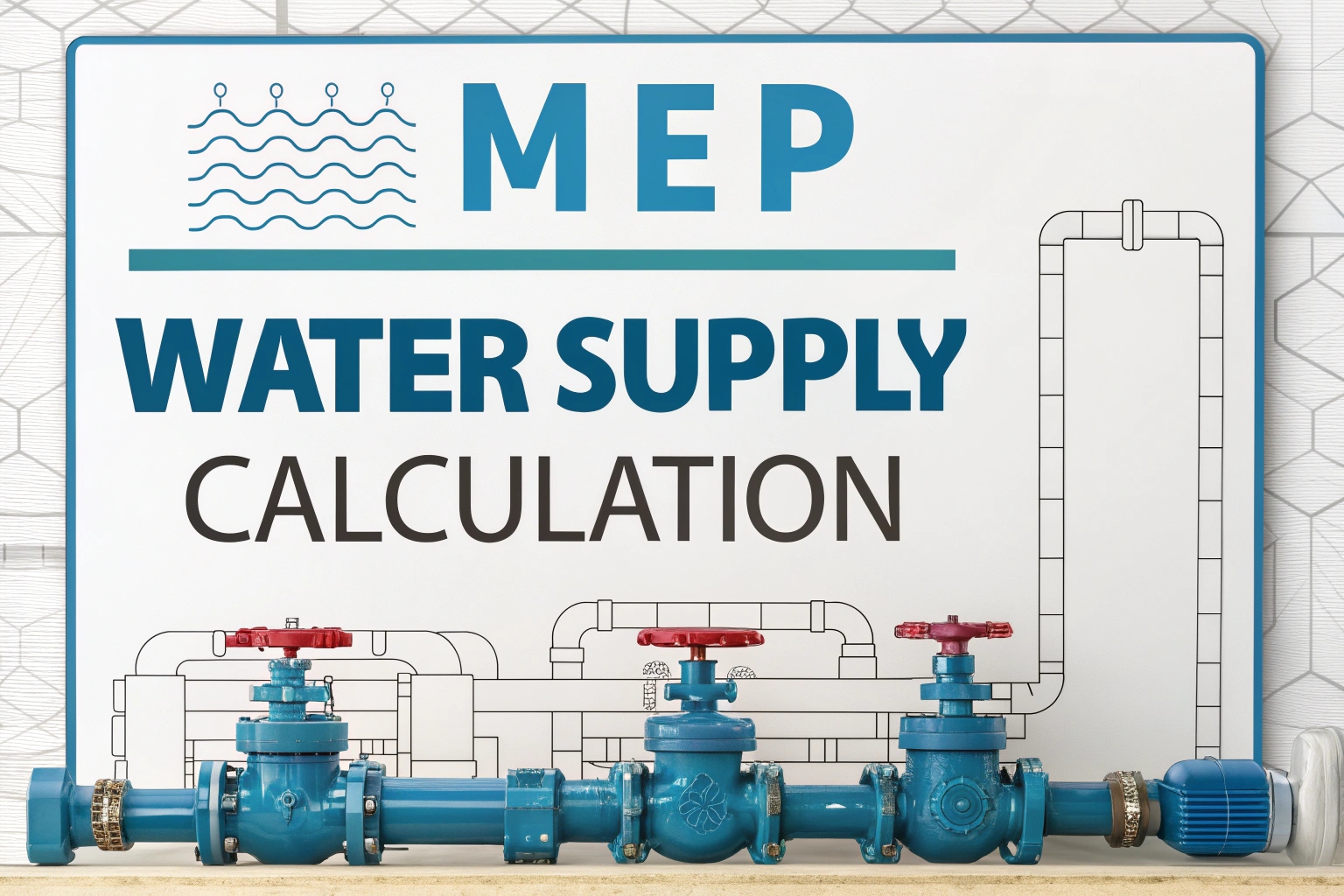Current‑Graded Protection System: A current‑grad //
ed protection scheme sets relay pickup currents based on fault‑level variations along a feeder. As we move closer to the power source, fault currents rise. By giving each relay a higher pickup setting than its downstream neighboUr, we reduce the long time delays common in purely time‑graded systems. In practice, however, relying solely on current grading presents challenges. Therefore, modern schemes combine current grading with time grading. This hybrid method—known as current‑time grading—yields fast, selective, and reliable fault clearance.
Fundamentals of Current Grading
In radial distribution systems, fault current magnitude often depends on distance from the source. A fault near the substation may see currents several times higher than a fault at the feeder’s end. Consequently, we can assign progressively higher pickup currents toward the source.
First, we perform a fault‑level study. We calculate symmetrical short‑circuit currents at key nodes. Then, we select relay pickup currents above the maximum load current but below the minimum fault current at each location. For example:
- Feeder end relay: Pickup at 500 A (faults above 600 A).
- Mid‑feeder relay: Pickup at 800 A (faults above 900 A).
- Substation relay: Pickup at 1200 A (faults above 1300 A).
This graded current setting ensures that a fault at the feeder end trips only the furthest relay. Meanwhile, a fault closer to the source trips only the nearer relay.

Key Benefits:
- Faster discrimination than time grading alone.
- Reduced tripping time for downstream faults.
- Straightforward coordination principle.
However, current grading alone does not guarantee complete coordination. Uncertainties in fault current estimates can cause miscoordination. Relay performance under transient conditions can also drop. Therefore, current grading typically pairs with time grading.
Limitations of Pure Current Grading
Current‑Graded Protection System: Although current grading speeds up downstream fault clearance, it has two main drawbacks:
- Fault Current Uncertainty
- Fault levels vary with network changes and load conditions.
- A relay set too close to the lowest expected fault current risks failing to trip.
- A relay set too low may trip for normal load surges.
- Relay Performance under Transients
- High‑speed faults and switching surges distort current waveforms.
- Modern digital relays employ filters that delay tripping under transient spikes.
- Under‑damped oscillations can lead to misoperations.
Because of these factors, designers often cannot rely on strict current thresholds. Instead, they introduce small time delays to allow downstream devices to clear faults first. This balanced approach forms the basis of current‑time grading.
The Current‑Time Grading Approach
Current‑time grading blends the strengths of current and time grading. Each relay has both a pickup current level and a time delay. We apply progressively larger delays to upstream relays. Consequently, the downstream relay always operates first if its current threshold is exceeded.
Principles of Current‑Time Grading:
- Pickup Current Levels
- Maintain progressive current grading.
- Ensure overlap between downstream fault currents and upstream pickup settings.
- Time Delay Settings
- Downstream relay: shorter maximum operating time (e.g., 0.2 s).
- Mid‑feeder relay: moderate delay (e.g., 0.4 s).
- Substation relay: longer delay (e.g., 0.6 s).
- Coordination Margin
- Leave at least 0.2 s margin between adjacent relay operating times.
- This margin ensures the downstream relay clears the fault first.
Advantages:
- Speed and Selectivity: Downstream faults clear quickly.
- Backup Protection: Upstream relays provide backup if the primary relay fails.
- Flexibility: Designers can trade off between speed and coordination.
Designing and Implementing a Current‑Time Scheme
A well‑coordinated current‑time grading system requires a structured workflow:
- Short‑Circuit Study
- Use software to model network faults at various points.
- Record minimum and maximum fault currents at each relay location.
- Select Relay Pickup Currents
- Set each relay’s pickup just above the maximum load current.
- Ensure the pickup remains below the minimum fault current at that point.
- Determine Time Delays
- Start with the fastest clearing time for the furthest relay.
- Add coordination margin (e.g., 0.2 s) for each upstream device.
- Simulate Transients
- Apply current waveforms that mimic switching surges and fault inception.
- Verify that relays still coordinate under distorted signals.
- Field Testing
- Inject test currents and faults to confirm settings.
- Adjust time delays to fine‑tune coordination.
- Review and Update
- Re‑evaluate settings after system upgrades or load changes.
- Maintain accurate records of coordination curves.

Case Example:
A utility sets end‑of‑line relay to 500 A pickup and 0.2 s delay. The upstream relay picks up at 800 A with a 0.4 s delay. A fault at the line end draws 600 A. The end‑of‑line relay trips in 0.2 s. The upstream relay waits 0.4 s before seizing backup operation. This coordination clears the fault rapidly with a built‑in backup.
Best Practices and Considerations
- Use Time‑Current Curves: Plot each relay’s curve on a single graph to visualize coordination.
- Maintain Coordination Margins: Keep minimum 0.2 s separation between adjacent curves at all current levels.
- Document Settings: Store relay curves, pickup currents, and coordination studies for future reference.
- Leverage Modern Relays: Intelligent electronic relays can auto‑coordinate settings based on network data.
- Account for Cable Lengths: Longer cables raise impedance and alter fault currents. Adjust settings accordingly.
Current grading alone cannot solve all coordination challenges. Combining current grading with time grading delivers both speed and selectivity. This hybrid approach—current‑time grading—ensures rapid fault clearance, reliable backup protection, and improved system stability. By following a structured design process and maintaining coordination margins, engineers can optimize relay settings for any distribution network.
Current‑Graded Protection System: FAQs
1. What is current grading?
It sets relay pickup currents higher toward the source to speed up downstream fault clearance.
2. Why combine current and time grading?
Current grading improves speed, and time grading ensures proper backup coordination.
3. How do we choose pickup currents?
Perform a short‑circuit study and set pickups between maximum load and minimum fault currents.
4. What margin should separate relay operating times?
Aim for at least 0.2 s between downstream and upstream relay operating times.
5. How often should settings be reviewed?
After network changes, load growth, or relay firmware updates to maintain coordination.
6. Can modern relays automate coordination?
Yes. Many intelligent electronic relays can auto‑coordinate using network models and predefined criteria.
READ ALSO ; SI System of Units – Comprehensive Guide

